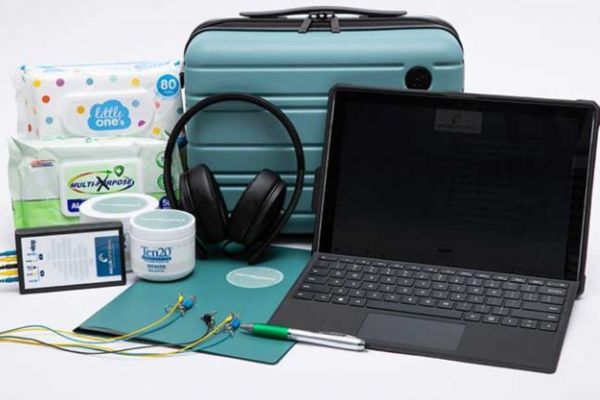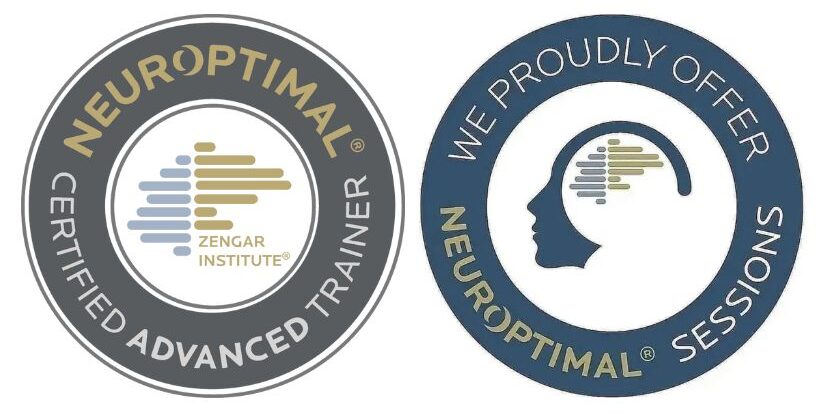Background
This success story follows a father who had spent years building a successful business, only to realise, as his son entered adolescence, that his intense work focus was costing him his connection with his family. He noticed his son starting to act out in the neighbourhood & began to reflect on how his own mood swings were affecting his wife. Prompted by these realisations, he sought an ADHD assessment and was formally diagnosed. Wanting to take proactive steps, he and his family decided to use a Neurofeedback system at home to help shift the dynamic.
Their Journey and Results
The family hired the system for 12 weeks, and all three members engaged with it regularly. Over the course of that time meaningful shifts began to emerge:
- The father was able to properly wind down after work. Where he used to come home still ranting about business issues, he now arrived calmer and more present.
- He was able to connect with his son in a more grounded way by approaching difficult conversations with steadiness, which helped his son stay calm and actually engage.
- His relationship with his wife transformed. He communicated more like a teammate than an opponent, which brought a new level of harmony to their partnership.
- The son’s behavioural issues began to disappear, a change the family linked directly to the improved emotional environment at home.
- The mother, who was also using the system, noticed her anxiety lifting something she hadn’t expected, but deeply appreciated.
Whole Household Impact
This family’s experience reflects a common pattern seen when Neurofeedback is used across multiple household members: a rising tide lifts everyone. With each person becoming more regulated, communication improved, tensions eased, and the entire family dynamic softened. What had felt like a home full of reactivity began to feel calm, connected, and cooperative.
Conclusion
This story highlights how Neurofeedback can be a turning point for families especially when used together. By addressing individual nervous system dysregulation, the technology helped repair strained relationships by reducing behavioural issues and restoring emotional balance to a family that had felt stuck. It serves as a powerful example of what can shift when everyone is supported to function at their best.




